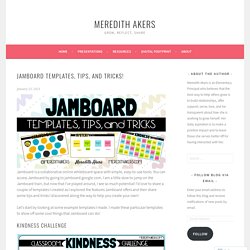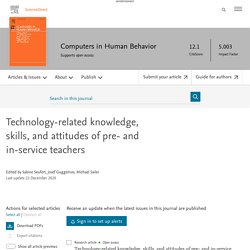

Gravity assist: propelling higher education towards a brighter future - Office for Students. Introduction The first national lockdown in March 2020 sparked a rush of activity in many universities and colleges to transition from in-person teaching to online delivery, often in exciting and creative ways.

In June 2020, the Secretary of State for Education commissioned OfS chair Sir Michael Barber, to conduct a review of this shift toward digital teaching and learning in English higher education since the start of the coronavirus (COVID-19) pandemic. On these pages you can find an executive summary, recommendations and selected case studies from the final report of the review, or download a full PDF copy. In November 2020, 93 per cent of undergraduates were receiving all or mostly digital teaching and learning, and this was similar for postgraduate students (89 per cent).[1] Digital teaching and learning is not new, but this is the first time it has been used so extensively and at such scale. Note. Learning in Lockdown. Key Findings Attendance at school • In the first week of the January 2021 lockdown, more than a quarter (27%) of primary school age children were reported to be at least partially attending school in person, compared to just 8% of secondary age children. • Of those children attending school in person, less than half (47%) of them had been attending school during the first lockdown last March. • As a result, 37% of teachers in primary schools report they now have 1 in 5 or more of their usual pupils in attendance, compared to just 1% last March.

Devices • At the beginning of the shutdown, just 5% of teachers in state schools reported that all their students have access to an appropriate device for remote learning, compared to 54% at private schools. • 19% of parents overall report their children do not have access to a sufficient number of devices suitable for their online learning, however this is 35% for households with the lowest incomes, and 11% in households with the highest. Jamboard Templates, Tips, and Tricks! Jamboard is a collaborative online whiteboard space with simple, easy-to-use tools.

You can access Jamboard by going to jamboard.google.com. I am a little slow to jump on the Jamboard train, but now that I’ve played around, I see so much potential! I’d love to share a couple of templates I created as I explored the features Jamboard offers and then share some tips and tricks I discovered along the way to help you create your own! Let’s start by looking at some example templates I made. I made these particular templates to show off some cool things that Jamboard can do! Kindness Challenge This Template allows all of your students to type on ONE Jam at the same time. Five reasons why online and blended learning could be a game-changer for education and training. Everyone has become more familiar with online learning during the pandemic, but will there be a rush to go back to the old normal if we don’t fully understand its benefits?

The pandemic has brought to the fore ongoing trends of remote learning. Yet institutions and government have expressed a reluctance to fully embrace its possibilities both for the pandemic and the expected post-pandemic scenario, where people are more likely to work and learn (either wholly or partially) remotely. Online learning has always seemed the lesser partner in the education and training sector. Institutions like the Open University set the gold standard for distance learning and achieved this pre-technology, but it was always plagued by unfavourable comparisons to ‘real’ university education – going to a place of learning with its combination of lectures and seminars.
Since then, universities have had a fairly well-established adoption of new technology. 1. Face-to-face learning needs a timetable. 2. 3. 4. Technology-related knowledge, skills, and attitudes of pre- and in-service teachers. ArticleOpen accessTechnology-related knowledge, skills, and attitudes of pre- and in-service teachers: The current situation and emerging trendsSabine Seufert, Josef Guggemos, Michael SailerFebruary 2021Page 106552Download articleOpen accessSelf-reported technological pedagogical content knowledge (TPACK) of pre-service teachers in relation to digital technology use in lesson plansMirjam Schmid, Eliana Brianza, Dominik PetkoFebruary 2021Page 106586Download articleOpen accessTeaching with and teaching about technology – Evidence for professional development of in-service teachersJosef Guggemos, Sabine SeufertFebruary 2021Page 106613Download articleAbstract onlyFostering pre-service teachers’ situation-specific technological pedagogical knowledge – Does learning by mapping and learning from worked examples help?

Kay Sambell and Sally Brown: Covid-19 Assessment Collection - Sally Brown Sally Brown. This page collects together the various posts and downloads published on this website since March 2020, about how university assessment may be adjusted and reimagined in the context of the pandemic affecting much of the world.

We posted them on our websites so they would be immediately accessible and usable. However, some people told us they found it difficult to locate the papers and downloads on different posts so here they are, arranged with the latest first, and new entries are planned to be entered as we develop further thoughts and advice. Published on 19th March 2021: A compendium of examples of authentic assessment in practice from diverse disciplines.